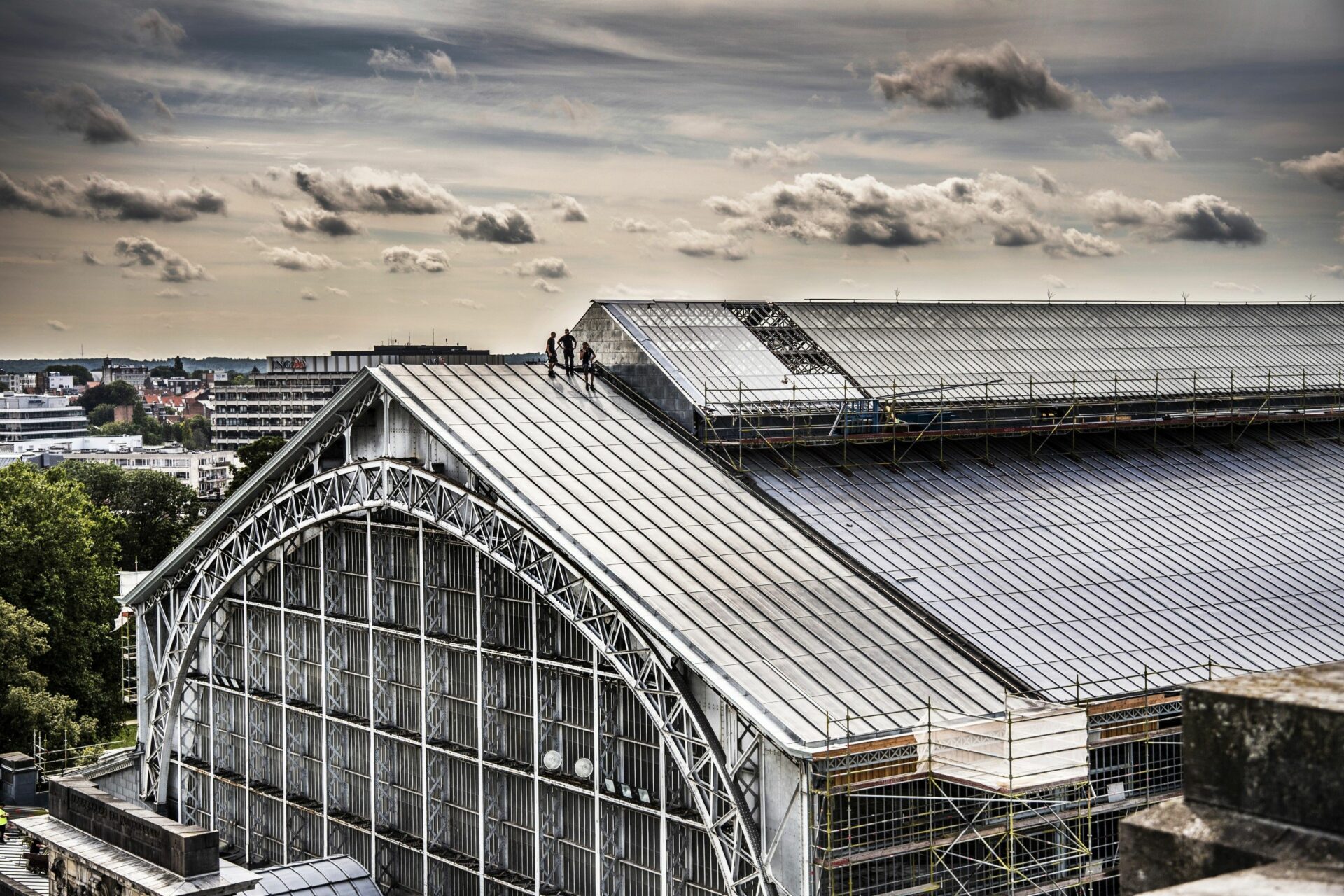Parc du Cinquantenaire, one of Brussels' crown jewels, will be centre stage on the occasion of Belgium's bicentenary in 2030. To mark the milestone, the site is being transformed to become an improved meeting place and a "beacon of Belgian science and art."
In 2030, the Kingdom of Belgium will celebrate its 200th anniversary. To celebrate properly, the park was redesigned for the country's 50th anniversary and will be renovated for its 200th anniversary, with works carried out under the "Cinquantenaire 2030" project.
Just over a year since the plan was announced, details of the redevelopment were presented on Thursday with various partners involved outlining how the green space will be revamped to highlight national heritage, science and culture in the 21st century.

The park is both a symbolic and literal gateway to the region. Credit: The Brussels Times
Speaking at the unveiling of plans, Brussels Minister-President Rudi Vervoort highlighted the importance of the site, calling the park "a symbolic gateway to our city" and "a space where people can play sports and relax". Yet he also called attention to current issues: "It is a place with a lot of transit, visible from afar, but little used. Our ambition is to bring it back to its full potential."
The budget for the project is estimated at almost €156 million, though several phases will rely on funding from other parties, such as the National Lottery and the European Union. The works form part of the region's strategic approach to increase its attractiveness as an international host city and cement its position as the capital of the EU.
Improving green space
The 34-hectare park in the European Quarter is a place to play sports, hang out, or even sunbathe. The aim is to transform it into a Belgian version of New York's Central Park: a place everyone can meet, not only for fun but also for cultural and scientific learning.
The project includes the creation of an “Outdoor Lab" where a series of "inclusive, participatory events" ranging from athletic meetings and neighbourhood picnics to artistic interventions in public spaces and much more can help create a spontaneous environment.

The Loi tunnel currently cuts the park in two. Credit: Lauren Walker/ The Brussels Times
The renovated site also "aims to be a model of sustainability, ecological renovation, and innovation," the project will tackle the Loi tunnel that cuts the park in two.
A competition has launched for young architects to design innovative solutions to cover the tunnel, where four lanes of traffic presently split the park down the middle. Works for this are expected to start in 2025.
Museums of this century
The park is also home to emblematic buildings which house several of the capital's key museums: the Royal Museum of Art and History, the Royal Museum of the Armed Forces and Military History, the Royal Institute for Cultural Heritage, and Autoworld.
The major renovations of all three museums' roofs and their façades, which is already ongoing and partly completed, are also part of this plan.
While these continue to attract many tourists every year, they reflect how Belgium has historically handled its heritage. Taking example from other nations, Belgium is looking to make its patrimony more visible and make it accessible to all.
"The current site is still far too much a mirror of Belgium's approach to heritage in the last century. The 200th anniversary is a unique moment to come up with the future vision for the site and our country," said Secretary of State for Relance and Strategic Investments Thomas Dermine.

The renovation of the roofs and the façades are already ongoing. Credit: Horizon 50-200
The Royal Institute for Cultural Heritage will initiate a reflection on how to make the museums more accessible to the general public and explore synergies in terms of collection management and public activities, while projects will be launched that question the role of a museum in the 21st century.
The proposed "master plan" will create two hubs focusing on Innovation and Heritage, where collections will be opened to citizens in line with international norms.
Related News
- Brussels stays in top 10 most expensive European capitals to build in
- Iconic Hotel Astoria to reopen in Brussels after 17 years
By 2030, the War Heritage Museum (the Innovation Hub) should connect history with a view to the future of innovation while promoting human rights.
The Museum of Art and History will become the Heritage Hub and link the artistic with the historical. It will exhibit more than 220,000 art and historical objects for the first time. "The aim is for Cinquantenaire Park to become a historic place where history is made every day by everyone together," Dermine concluded.

